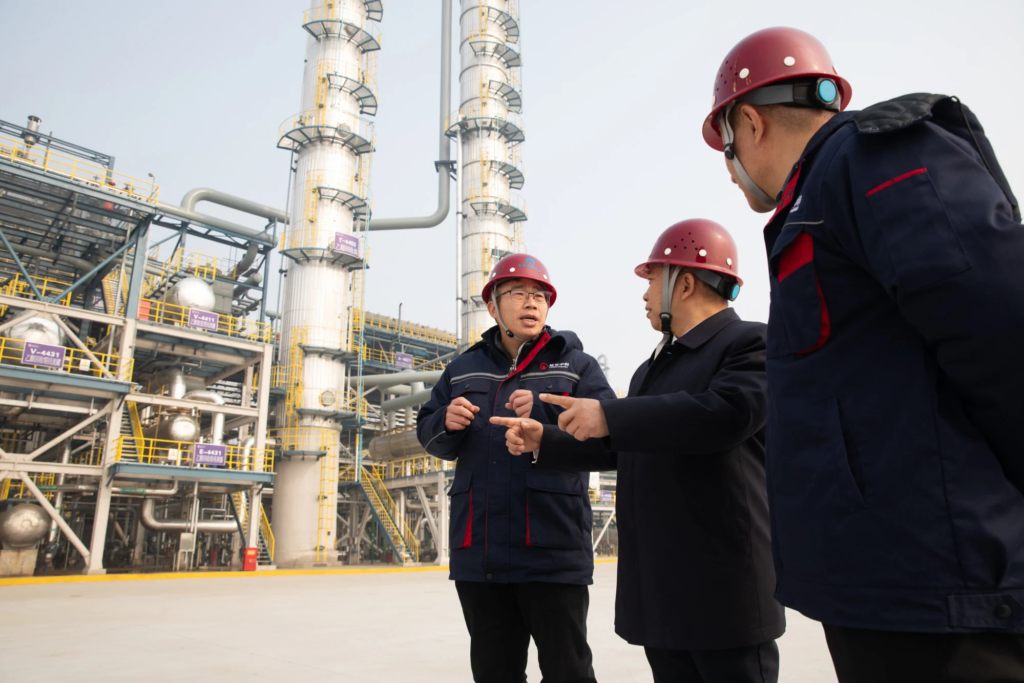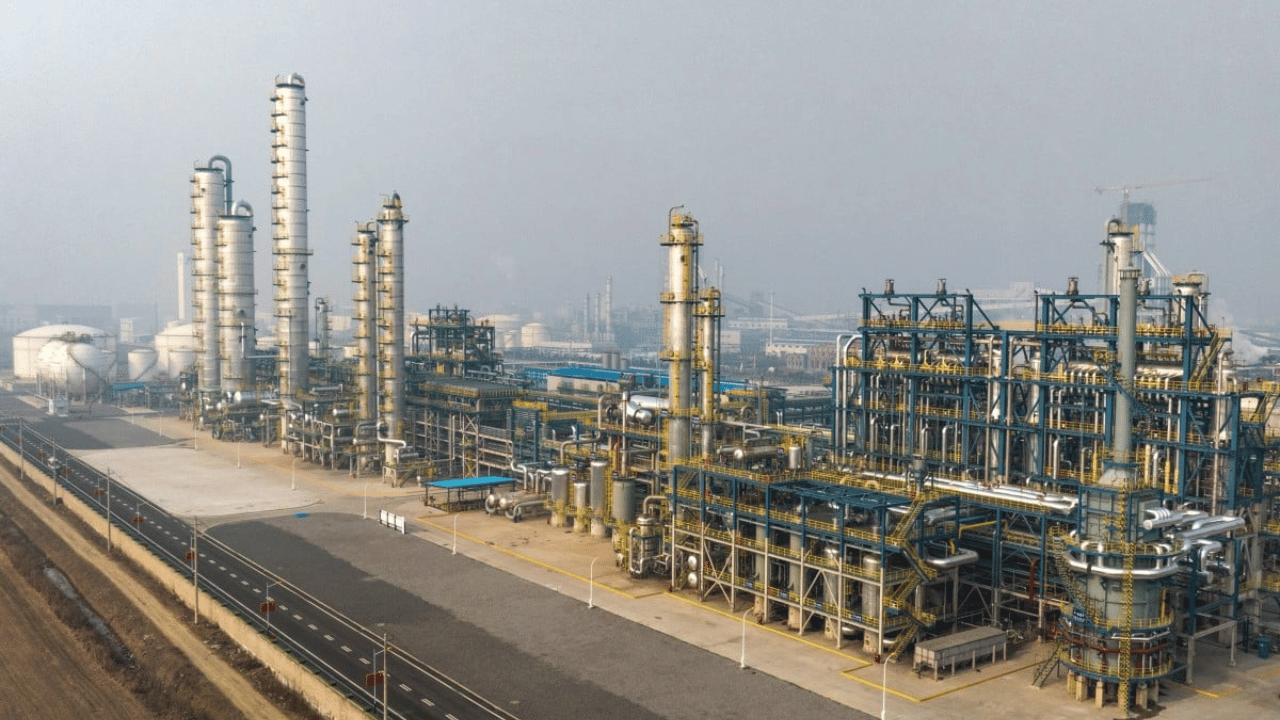
The significance of this development is profound. Ethanol, a clean and renewable energy source, has a density akin to petrol. When used in fuel, it enhances combustion performance and reduces exhaust emissions. This plant’s approach, utilizing low-grade coal, saves millions of tonnes of grain annually – a crucial move given the rising grain prices and China’s fluctuating corn output.
The brain behind this operation, DICP director Liu Zhongmin, has been on this path since 2010. His team’s relentless pursuit of an environmentally friendly pathway culminated in this achievement. The catalyst in this process, originally costly, has been replaced with non-precious metals, optimizing the reaction process and slashing production costs.
Similar Posts
This facility isn’t just about producing ethanol; it’s about setting a new standard in the industry. China’s ethanol market, facing a substantial shortfall, is in dire need of such innovations. The facility’s large-scale production capacity – the largest globally – positions China at the forefront of ethanol production, not just in quantity but in technological advancement.
The implications are immense. Ethanol, besides being an energy product, is a bulk chemical raw material, pivotal in hundreds of related products. The global ethanol production, predominantly from crops like corn and sugar cane, has been led by the United States and Brazil. China’s entry into this arena with a coal-based approach is not just a diversification but a significant leap in sustainable energy production.
The Huaibei plant stands as a beacon of innovation and a model for future developments in the energy sector. It’s a clear message that China is not just following but leading in the sustainable energy narrative. As this facility moves from trial runs to full-scale operations, it represents a milestone in China’s journey towards energy security and industrial sustainability.


















